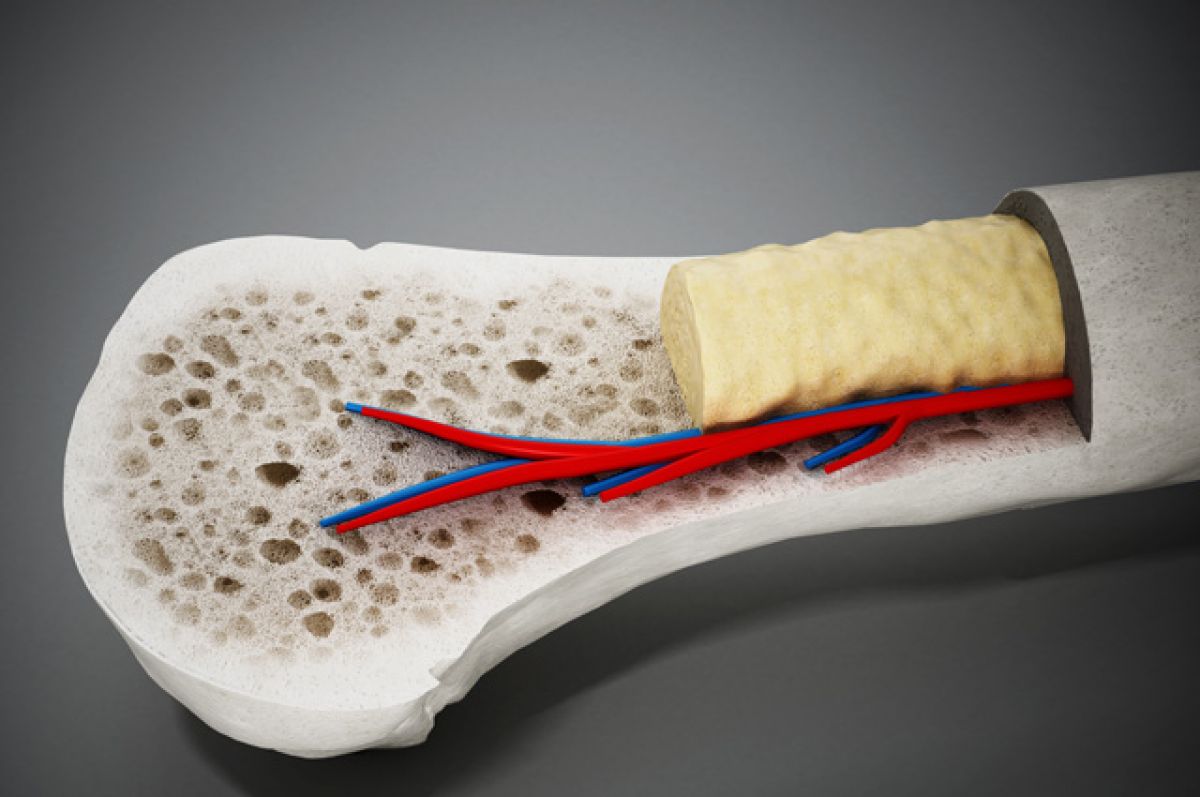Behavioral Rehabilitation: A Holistic Approach to Treat Maladaptive Behaviors
Maladaptive behaviors can develop for many reasons and manifest in different ways. If left unaddressed, these problem behaviors can negatively impact one’s quality of life and relationships. Behavioral rehabilitation aims to make positive changes through a multi-faceted process. This article explores the key principles and components of behavioral rehabilitation.
Understanding the Root Causes
Before beginning treatment, it is important to gain insight into what may be driving problematic behaviors. Common underlying factors that can be assessed include:
Mental Health Conditions
– Conditions like depression, anxiety, bipolar disorder, schizophrenia, and substance use disorders are highly correlated with behavioral issues. Treating any co-occurring diagnoses is an important part of rehabilitation.
Trauma or Adverse Experiences
– Experiences like abuse, neglect, loss, or other trauma can lead to maladaptive coping mechanisms manifesting as problematic behaviors later in life. Trauma-informed therapies may be employed.
Neurodevelopmental Disorders
– Disorders like autism spectrum disorder (ASD), attention deficit hyperactivity disorder (ADHD), and intellectual disabilities involve atypical brain development and can result in challenging behaviors. Accommodations are made based on individual needs and abilities.
Environmental Influences
– Home environments, peer groups, neighborhoods, schools, and lack of structure or supervision can influence the development of maladaptive behaviors over time. Environmental factors are considered and may need modification.
A Multidisciplinary Treatment Plan
Once evaluations are completed to understand root causes, a customized treatment plan is created. This plan typically incorporates interventions from multiple disciplines:
Cognitive Behavioral Therapy
– CBT teaches clients to identify problematic thought patterns and replace them with more constructive self-talk. Clients learn new coping skills and practice applying them through roleplaying scenarios.
Family Therapy
– Involving family members allows therapists to work on improving communication, reinforcing desired behaviors at home, and resolving any family dynamics contributing to issues.
Life Skills Training
– Clients receive guidance on independent living skills, problem-solving, emotional regulation, interpersonal effectiveness, and academic/vocational achievement based on developmental needs.
Medication Management
– For conditions like mood disorders, psychosis, or impulsivity—medication prescribed by a psychiatrist may help control symptoms and make therapeutic work more effective.
Alternative or Complementary Therapies
– Creative arts, yoga, meditation, equine therapy, and other experiential therapies can aid in stress relief, self-awareness, and overall wellness during rehabilitation.
A Structured yet Supportive Environment
Residential programs provide 24/7 oversight, routine, and supervision to facilitate positive change. Despite structure, the atmosphere aims to feel warm, caring, and motivating rather than punitive.
Daily Schedules and Responsibilities
– Clients follow planned daily activities, chores, recreational time, and complete therapeutic homework. This instills discipline, accountability and a sense of purpose.
Community Involvement and Pro-Social Modeling
– Volunteering, sports teams, cultural activities and pro-social peer interactions replace negative influences and show functional alternatives to problematic behaviors.
Celebrating Successes and Relapse Prevention
– Gradual responsibility, earned privileges and recognition of milestones keep clients motivated. They also learn coping strategies to maintain changes post-treatment. Relapse is viewed as a learning experience, not failure.
Measuring Progress and Adjusting the Plan
Treatment teams regularly review assessments, observe client progress in various settings, and check-in with families. Goals and interventions are adapted based on response. Discharge planning begins as soon as clients demonstrate stability and independence.
Continuing Care and Long-Term Success
For many, behaviors developed over time and may need maintenance intervention. Outpatient follow-up care, support groups, coaching and creating a solid relapse prevention plan help clients implement changes permanently in their daily lives after treatment concludes.
A comprehensive, multi-pronged behavioral rehabilitation approach factoring in biological, psychological and social components can effectively restore functioning and improve quality of life for those grappling with significant maladaptive behaviors. With the right treatment plan and support system, positive change is achievable.
Note:
1. Source: Coherent Market Insights, Public sources, Desk research
2. We have leveraged AI tools to mine information and compile it




